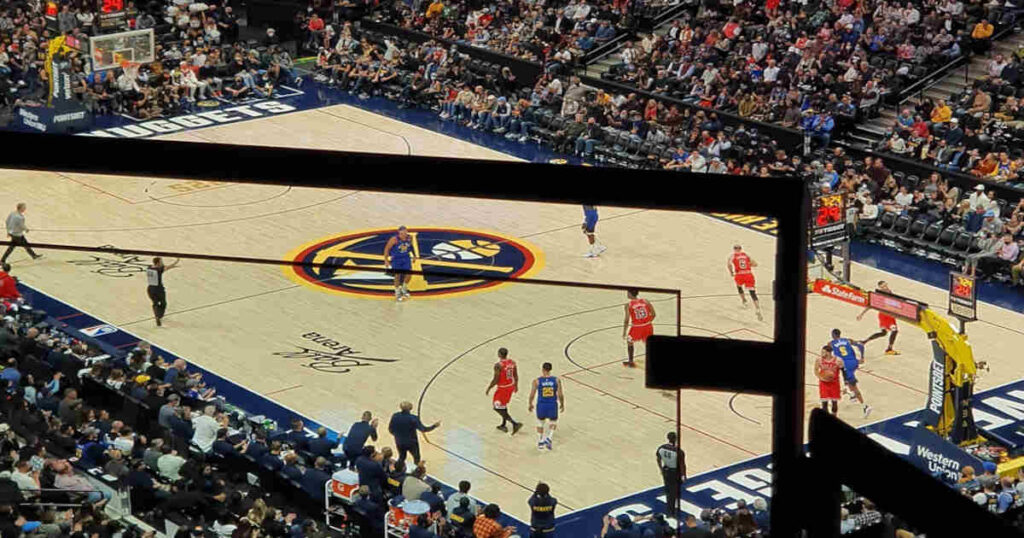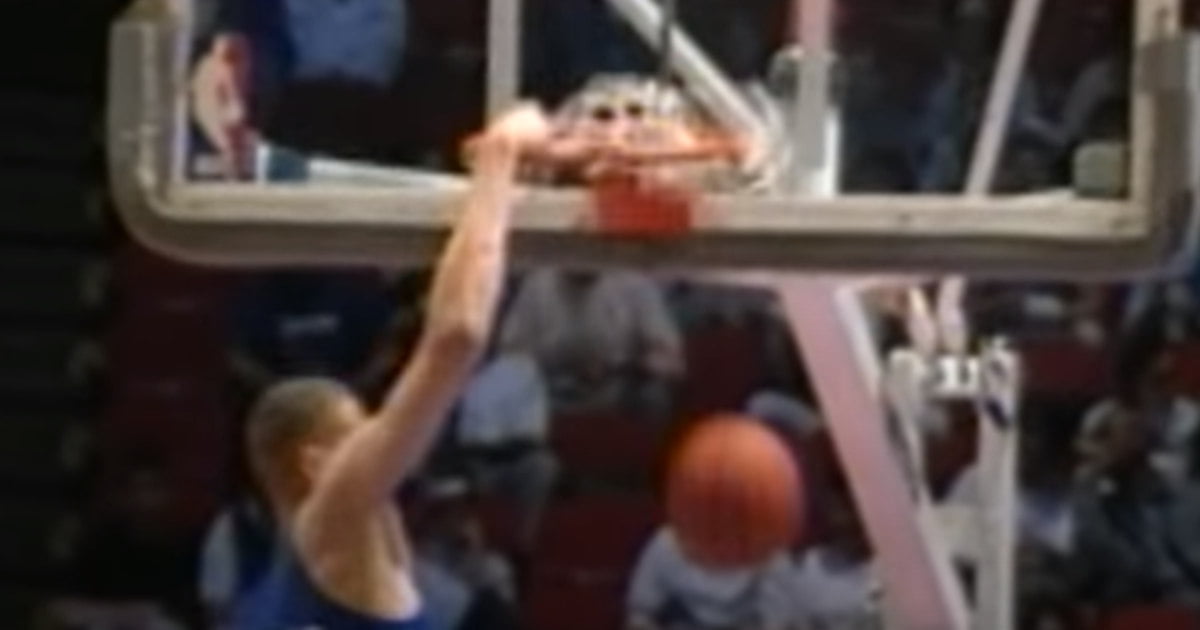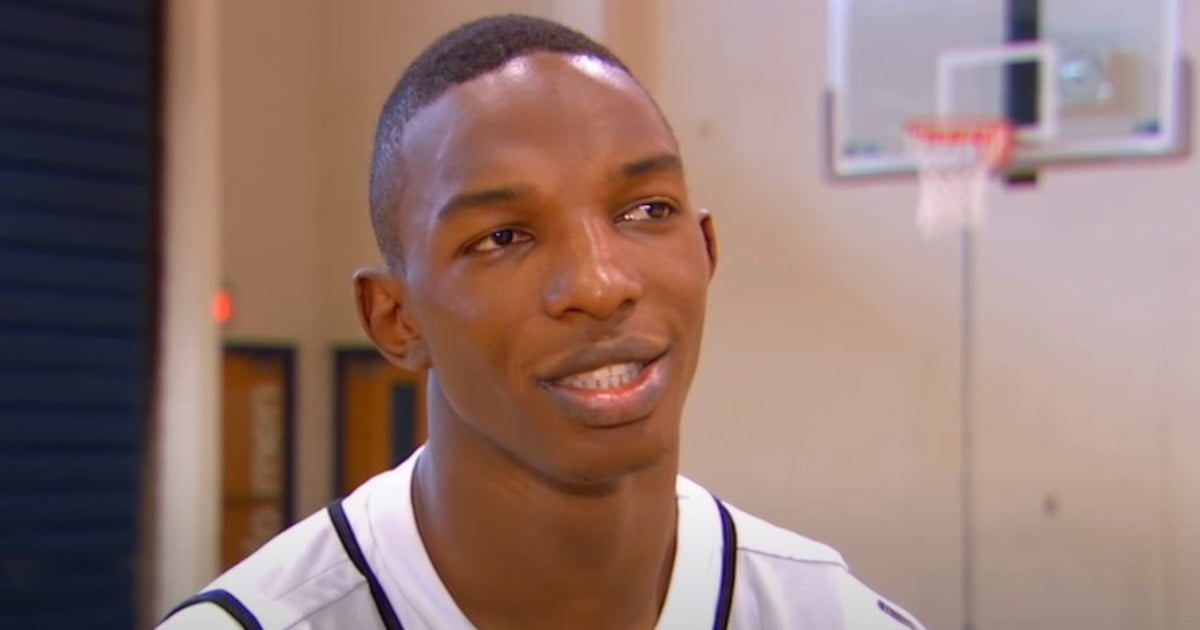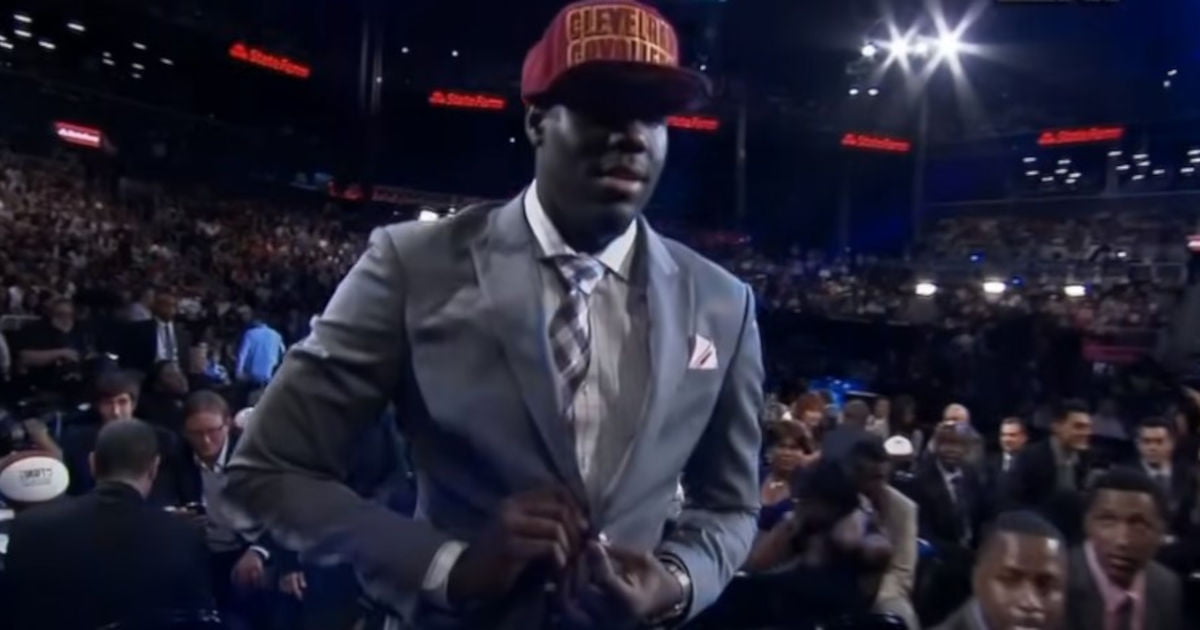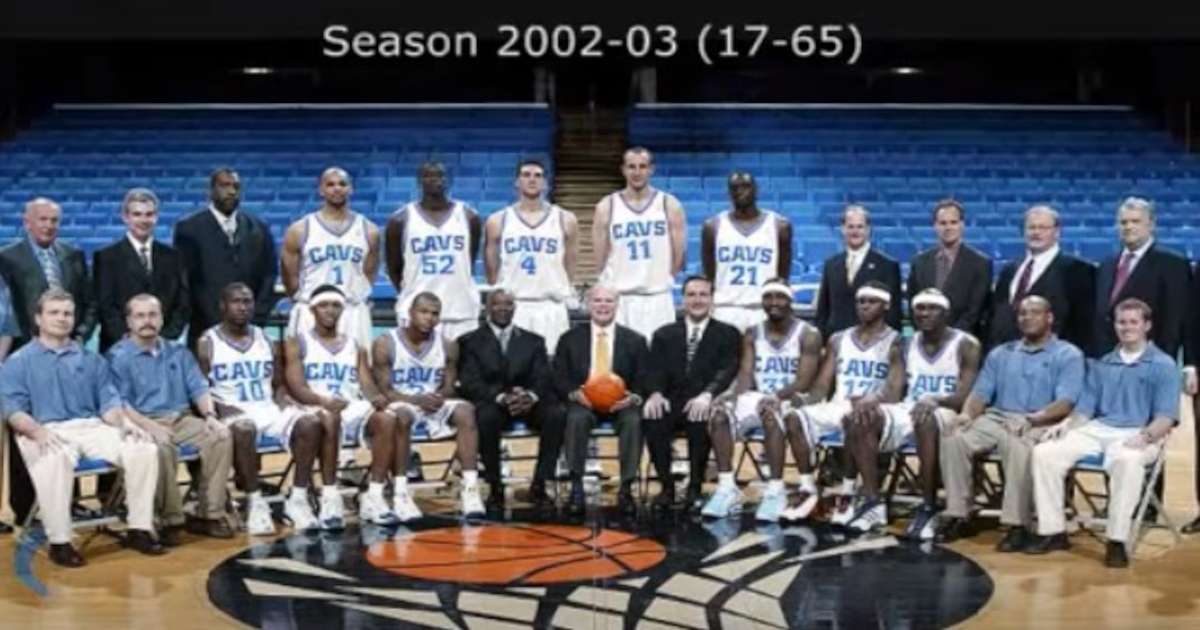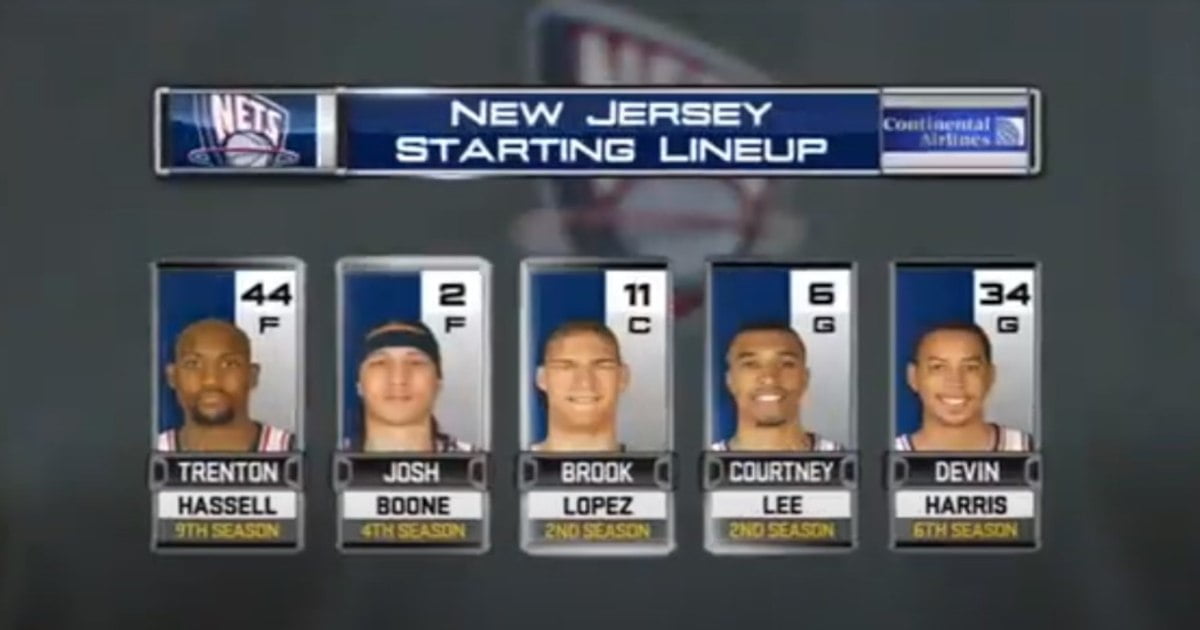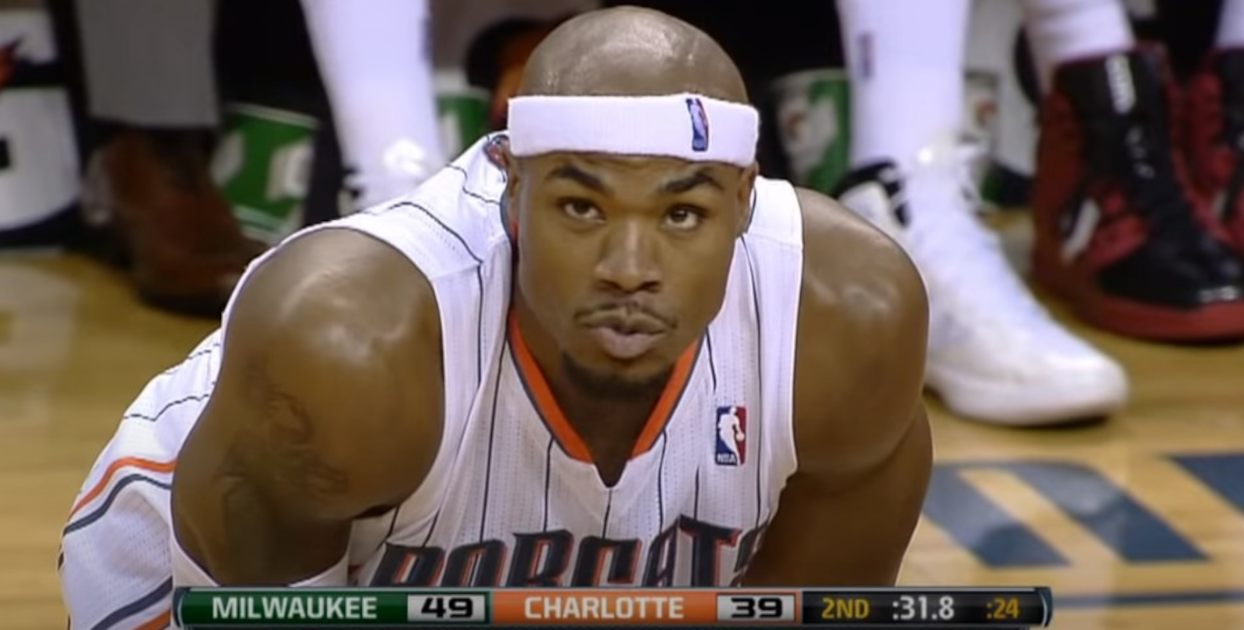Who Is The Shortest NBA Player Ever? – Ranking the 10 Shortest NBA Players
The NBA has always been associated with having tall players, but it has seen a fair share of players on the other end of the spectrum. Even though height is crucial to becoming successful in the NBA, players with more diminutive stature proved otherwise.
Most NBA fans even think more highly of shorter players since they must compensate for their lack of height with skill, hard work, and determination.
In this review, I’ll delve into the exciting narratives of the top 10 shortest-ever NBA players who left a lasting mark in the NBA. You’ll read the inspiring journeys of players who lack height but don’t lack in heart and passion for the game.
Stay with me, with more to follow!
#10 – Charlie Criss ( 5’8”)
Our tallest player on the list of the shortest players of all time in the NBA is a 5’8” human dynamo—Charlie Criss. After playing for New Mexico State University, he started his career as a professional player in the Continental Basketball Association. Charlie played for two teams in the CBA—The Washington Generals and the Scranton Appolos. While he played for the Appolos, he won back-to-back MVP titles.
Even though Criss was successful in the CBA league, his ambition was to transition into the NBA. His plan came to fruition in 1977 when he began to play for the Atlanta Hawks. In his eight seasons in the NBA, he also played for the San Diego Clippers and the Milwaukee Bucks.
What’s interesting about Criss is that he was simultaneously the shortest player in the NBA and the oldest rookie at age 28.
Throughout his career, he averaged 8.5 PPG along with 3.2 APG. His rookie season was his best, scoring 11.4 PPG and 3.8 APG.
He was mostly known for being a fast point guard with the ability to shoot and pass. After his retirement, Criss worked as a commentator, coach, and golf instructor.
#9 – Monte Towe ( 5’7”)
Among the shortest NBA players in history is Monte Towe, a 5’7” powerhouse. Before joining the NBA, he had a stellar college career since winning the NCAA Championship with North Carolina State in 1974. Towe was a one-of-a-kind athlete since he played baseball for the North Carolina State and was a part of their ACC Championship team in the same year he won the NCAA Championship.
Monte was known for being one of the pioneers of the alley-oop, along with his teammate from the Denver Nuggets, the legendary dunker David Thompson.
Towe was praised by his teammates for having great confidence and perseverance. Like most short players, Towe was lightning-fast and easily passed defenders, thanks to his speed.
During his short NBA career, which lasted for two seasons, from 1975 to 1977, he averaged 2.8 PPG and 1.9 APG in 115 games.
Monte only played for the Nuggets, and after finishing his career as a player, he was a head coach and assistant coach at numerous schools.
#8 – Wataru Misaka ( 5’7”)
The first player of Asian descent and non-Caucasian player who played in the NBA (the BBA back then) and one of the shortest players in basketball was the 5’7” Wataru Misaka. Besides having a small stature, Wataru suffered discrimination due to his Japanese descent.
He had an impressive college career playing for Weber Junior College and helped them win two championships. After that college, Misaka went to the University of Utah and helped the team to win the 1944 NCAA Championship.
After that, he went to serve in World War 2. Afterward, he came back to Utah University and won the 1947 NIT title with them.
In 1947, Misaka played in the NBA for the New York Knicks, but he only played three games and averaged 2.3 PPG before the Knicks waivered him.
Back in 1999, Wataru was honored with induction into the Utah Sports Hall of Fame.
#7 – Red Klotz ( 5’7”)
One of the most influential figures in basketball was Louis Herman “Red” Klotz, not because he was a great player but because he made basketball more entertaining. Nevertheless, he did win two championships when he competed in high school. Also, back in 1948, while playing for the Baltimore Bullets, he was the shortest player to win an NBA Championship.
Red Klotz only played for one season in the NBA, averaging 1.4 PPG and 0.6 APG in 11 games total.
Before and after playing for the Baltimore Bullets, he played for the Philadelphia Sphas. Five years after finishing his NBA career, he bought the Philadelphia Sphas and became the head coach of the team. He renamed this team to the Washington Generals. In 1953, Klotz and the Generals went on a tour and played against the well-known exhibition basketball team, the Harlem Globetrotters.
Even though the Generals lost 17,000 times against the Globetrotters, basketball became more entertaining because of these two teams and Red Klotz. The Generals last win against the Globetrotters was in 1971. The Generals were also called the New York Nationals for a certain period.
Red was a legendary basketball ambassador who spread joy for basketball fans worldwide thanks to his team, the Washington Generals.
#6 – Keith Jennings ( 5’7”)
Another short player on this list who didn’t let his height be a disadvantage when it came to playing was the 5’7” Keith Jennings. During his college years at East Tennessee State University, he was among the best three-point shooters.
Regarding his NBA career, Keith was undrafted and came into the league as a free agent.
In 1992, Jennings joined the Golden State Warriors and played the point guard position there for three seasons. During his time at the Warriors, he averaged solid numbers with 6.6 PPG and 3.7 APG.
In one of his last games in the NBA, he scored 23 points and dished out 10 assists, which was his best performance in the league.
After this three-year stint with the Warriors, Jennings went overseas to play basketball in countries like France, Turkey, Russia, etc.
After his retirement as a player, he became a coach for multiple schools in Tennessee as well as in North Carolina.
#5 – Greg Grant ( 5’7”)
The 5’7” Greg Grant compensated for his lack of height with tenacity and high energy. Greg Grant’s talent for basketball was seen at a local playground, and soon after that, he enrolled in the Trenton State College and was the best scorer in 1989 in all Division III Colleges.
Then came the 1989 NBA Draft when the Phoenix Suns selected him as the 52nd pick. He played up until 1996 in the NBA for multiple teams like the Phoenix Suns, Philadelphia 76ers, New York Knicks, Washington Bullets, Denver Nuggets, and the Charlotte Hornets. He wasn’t the best point guard in the league since he averaged 2.8 PPG and 2.7 RPG.
After his retirement, Grant opened a sports academy in Trenton, New Jersey, his hometown. He was also a high school basketball coach in New Jersey.
In 2009, Greg Grant published his autobiography, “94 Feet and Rising: The Journey of Greg Grant to the NBA and Beyond.”
#4 – Mel Hirsch ( 5’6”)
Mel Hirsch is another player whose height didn’t stop them from being an NBA player.
His basketball career started at Brooklyn College, where he was the star point guard. After college, he joined the US Army Air Corps.
Afterward, he joined the NBA, which was then called the Basketball Association of America. Mel went to the Boston Celtics in the 1946/47 season, his first and last in the NBA. In 13 games that he played for the Celtics, he averaged 1.5 PPG and 0.8 APG.
He was the shortest player in the NBA for 40 years, up until the well-known Mugsy Bogues stepped onto the NBA court.
#3 – Spud Webb ( 5’6”)
One of the shortest high-flying players was the legendary 5’6” Spud Webb.
He started to play basketball at Midland College and was one of the key figures that led that team to a national title in 1982. After his college career, Spud Webb joined the NBA and the Atlanta Hawks team in 1985.
In his sophomore year, he won the 1986 Slam Dunk Contest, beating the defending champion Dominique Wilkins. Spud left the crowd in awe as he did a variety of dunks like the double clutch, 360, off-the-backboard dunk, and many others. He was the living proof that wonders happen when talent meets hard work. Many dunk contests later, there has yet to appear a more fascinating short dunker than the 5’7” marvel that Spud was.
Besides the Hawks, this point guard has also played for numerous NBA teams like the Sacramento Kings, Minnesota Timberwolves, and the Orlando Magic. Spud’s best season was 1991/92, when he averaged 16.0 PPG, 7.1 APG, and 1.6 SPG. When it comes to his overall career stats, they were pretty decent since he averaged 9.9 PPG and 5.3 APG in 12 NBA seasons.
There is no doubt that Spud is one of the best shortest players who played on the NBA hardwood.
#2 – Earl Boykins (5’5”)
The second shortest-ever player in NBA history was the 5’5” Earl Boykins. Throughout his career, he showcased that more diminutive stature poses no limits to your ability to make a lasting impact on the basketball court.
An interesting fact about Earl is that he was so small he had to learn to dribble with a tennis ball instead of a basketball. He also hid in his father’s gym bag to sneak into watching games for free.
Earl was a player at Eastern Michigan University and was also the second-leading scorer in the entire nation. He was known for his speed, shooting abilities, and exquisite ball handling.
He played in the NBA from 1998 to 2012 for 10 NBA teams. Earl played for the New Jersey Nets, Cleveland Cavaliers, Golden State Warriors, Milwaukee Bucks, etc. His best playing days were in the Denver Nuggets, where he consistently scored in double-digits.
During his career in the NBA, he averaged 8.9 PPG and 3.2 APG in 652 games.
When he finished playing professionally, he transitioned into the role of a coach. Besides coaching at universities and in high schools, he was also the assistant coach for the Orlando Magic.
#1 – Muggsy Bogues (5’3”)
The shortest NBA player ever is the well-known Muggsy Bogues, who stood at 5’3”. Despite his size, Bogues etched his legacy in the NBA as one of the fastest and most fascinating players when it comes to stealing the ball.
Tyrone “Muggsy” Bogues got his nickname from players in his neighborhood when he was playing at his local court since the style of his defense reminded them of “mugging.”
Muggsy played at Wake Forest University before he joined the NBA as the 12th pick in the 1987 NBA Draft. He was selected by the Washington Bullets, where he only spent one season.
After the Bullets, he joined the Charlotte Hornets and played as their notable point guard for ten seasons. He also played for the Toronto Raptors and the Golden State Warriors.
In 14 seasons in the NBA, Muggsy averaged 7.7 PPG, 7.6 APG, and 1.5 SPG.
Besides being a great player, Muggsy played a superb role in the famous “Space Jam” movie.
After retiring, he was a coach and founded the Muggsy Bogues Family Foundation.
Featured image taken from YouTube.
Read next: Who Is The Tallest NBA Player? – Ranking the 10 Tallest NBA Players Ever

